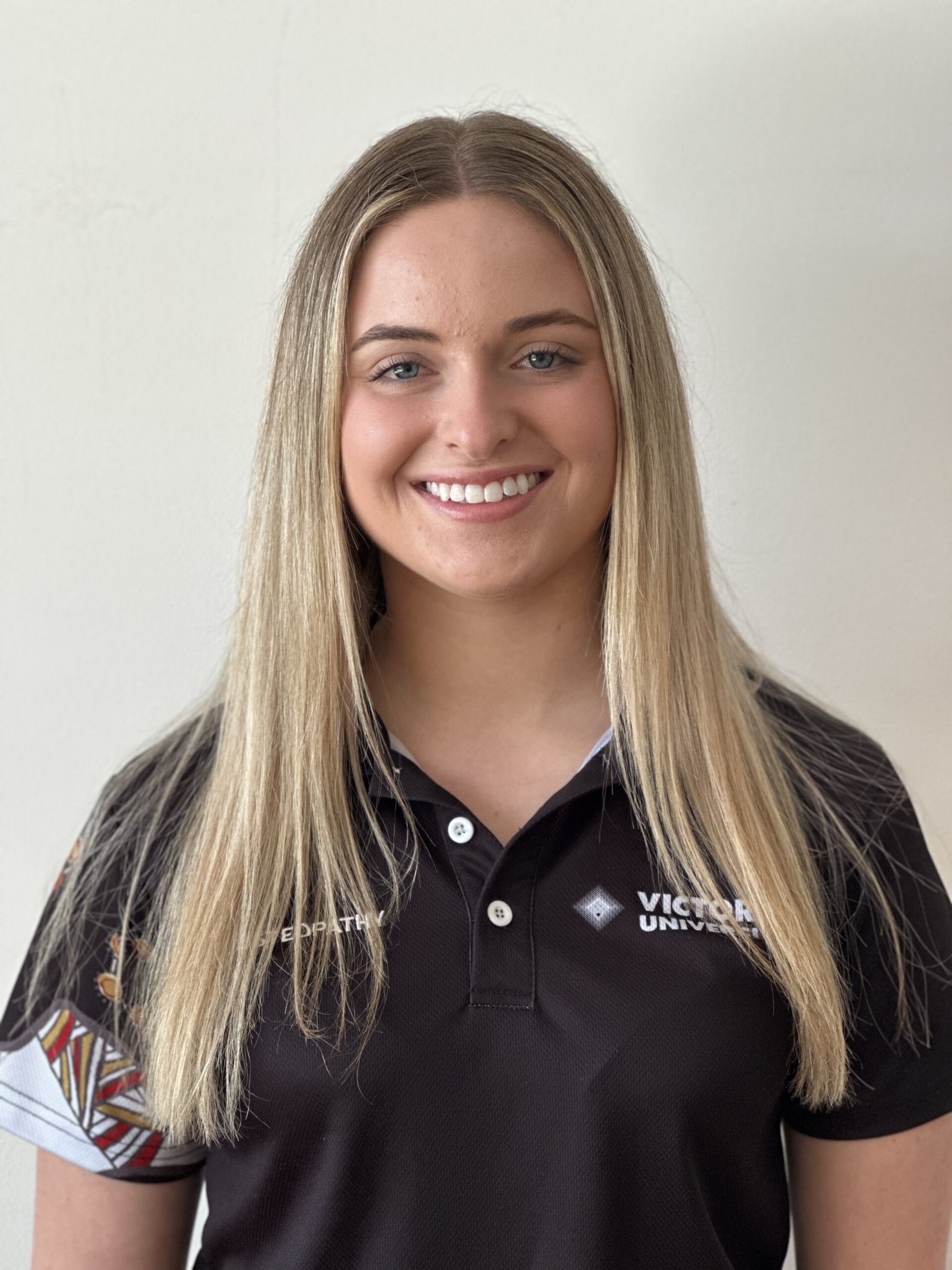
What is Osteopathy? What does an Osteopath do?
Have you ever asked the question, or been asked by someone else, “What is an Osteopath” or “What does an Osteopath do?”
As Osteopaths, we get asked that question all the time! So Dr. Rebecca Naylor thought she’d write a blog about it…
How do you become an Osteopath?
Our Osteopaths in Oakleigh South are University trained Allied Health Professionals that offer a unique patient-centred approach to healthcare. In Australia, Osteopaths are government registered practitioners who complete minimum accredited university training in;
- anatomy
- physiology
- pathology
- general healthcare diagnosis
- osteopathic techniques.
Osteopathy is a 5 year double-degree course composed of a Bachelor of Health Science and a Master of Applied Science (Osteopathy). Courses are offered at RMIT, Victoria University and Southern Cross University.
What are the Principles of Osteopathy?
The founder of Osteopathy, A.T. Still had four core principles which he based Osteopathy on.
- The body is a unit – body, mind and soul
- Structure and function are reciprocally interrelated
- The human body is capable of self-regulation and self-healing
- Rational treatment is based on the above
What is the Philosophy of Osteopathy?
Osteopathy is a holistic treatment based on the philosophy that the body (your muscles, skeletal system, circulation, and everything in between) is interconnected, and this structure is directly related to its function. Which means the focus of the treatment is ensuring the whole body is working together properly, for optimal well-being.
What does an Osteopath do?
Osteopaths identify the cause of the injury or problem by taking a detailed case history and carrying out a thorough physical examination.
We also incorporate a range of different approaches to enhance the function of each individual. They range from hands-on manual therapy techniques, such as mobilisation, stretching, deep tissue massage, manipulation and myofascial dry needling, to at-home diet, exercise prescription and programming, ergonomic, lifestyle advice and patient education.
We determine the types of techniques and frequency of treatment and management approaches using skilled clinical evaluation and diagnostic approaches to design a whole body treatment regime that will see patients living their most energetic, connected life.
What do Osteopaths treat?
Contrary to the name, Osteopaths don’t just focus on bones! We also look at joints, muscles, nerves, circulation, connective tissue and internal organs, as they function as a holistic unit.
People visit Osteopaths for;
- back and neck pain
- shoulder/hip/knee pain
- headaches/migraines
- arthritis/joint pain
- muscular strains
- ligament sprains
- postural problems
- RSI
- sciatica
- pregnancy related musculoskeletal pain
- myofascial dry needling
- children/infant assessments
More useful information about Osteopaths
- Osteopaths are primary healthcare practitioners and are trained to recognise conditions that require medical referral. They are also trained to perform standard examinations of the musculoskeletal, cardiovascular, respiratory and nervous systems.
- Osteopathy is covered by most private health funds and by Medicare’s Chronic Disease Management (CDM) Plans.
- Osteopaths are registered providers for DVA patients, as well as by State workers’ compensation schemes and transport accident insurers.
Now you know more about Osteopaths, what is the difference between Osteopaths, Physiotherapists and Chiropractors?
Chiropractors
Chiropractors focus on treating and preventing musculoskeletal problems throughout the body, using manual adjustments, also known as manipulations or HVT (high velocity thrusts) of the spine. Treatment approach is based on subluxations, which are misalignments of the bones and muscles primarily in the spine. Chiropractors may use x-rays to aid in their diagnosis.
Physiotherapists
Physiotherapists are focused on movement and function, often following injury or surgery, or when dealing with a physical disability. They often work closely with hospitals and in post-surgical recovery and rehabilitation where they are invaluable in regaining strength and control after a medical intervention. They’re treatment style often includes hands on massage, mobilisations and stretching with home exercises.
Their treatment also includes devises like heat and ultrasound to aid in your recovery. Due to their special requirements in the hospital settings many physiotherapists specialise in a particular part of the body, disease or needs of the ward that they work on.





